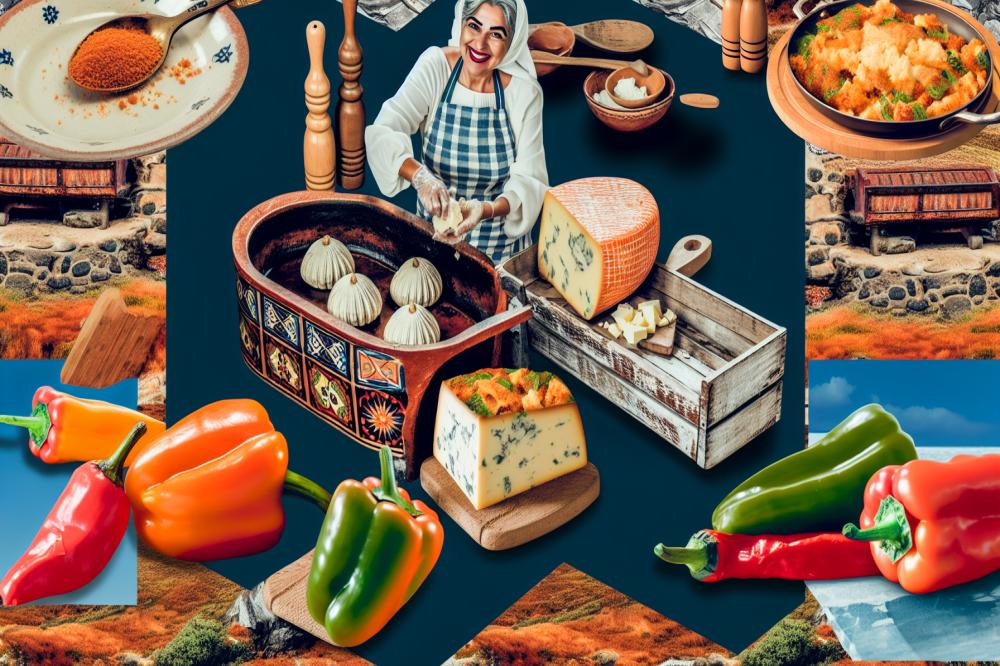Introduction
Queijo da Serra is a traditional cheese that hails from the beautiful mountainous regions of Portugal. This cheese has deep roots, dating back several centuries. Made primarily from sheep’s milk, it embodies the culture and culinary skills of the area. This beloved cheese is not just a food item; it is a symbol of pride for many Portuguese people.
The production process of Queijo da Serra is an art in itself. Sheep graze on the lush pastures of the Serra da Estrela mountains. This grazing influences the flavor of the milk. After milking, the milk is gently warmed, and rennet is added to help curdle it. The curds are then separated from the whey and molded into round forms. Following the molding, the cheese is salted and left to mature. Aging in special environments brings out its rich flavors and soft texture.
Creamy and buttery, this cheese is often enjoyed with bread or used in various Portuguese dishes. It has a strong character that can stand alone, yet complements many recipes perfectly. In Portugal, it occupies a special place among traditional cheeses. Queijo da Serra is not just for eating; it is part of the country’s cheese heritage and history. Locals celebrate its uniqueness, and it has become a staple at many family gatherings and festivals.
This treasured cheese represents more than just flavor. It encompasses a way of life, connecting generations through shared experiences and culinary traditions. Each bite tells a story of the land, the sheep, and the people who have cultivated this remarkable cheese for centuries. Such traditions help keep the essence of Portuguese culture alive, inviting both locals and visitors to experience its delicious offerings.
Queijo da Serra: History and Characteristics
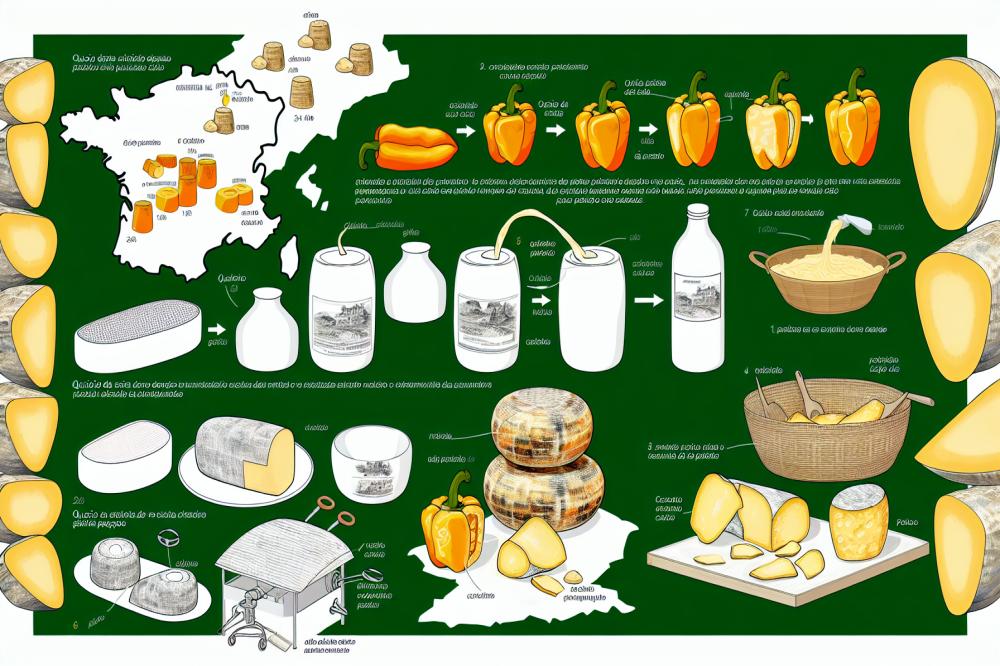
Queijo da Serra has deep historical roots in the picturesque Serra da Estrela region of Portugal. This area is known for its breathtaking landscapes and rich agricultural heritage. The cheese is believed to have originated in the mountainous terrains, where shepherds began making it centuries ago. They used the milk from their sheep, which thrived on the lush pastures of the highlands. This practice has been handed down through generations, preserving traditional techniques that reflect the local culture.
Traditional cheese-making methods are essential to the identity of this product. Milk collected from specific breeds of sheep is curdled using rennet. Afterward, the curds are carefully drained and shaped. The craftsmanship and attention to detail during this process contribute significantly to the final flavor profile. The cheese makers rely on their intuition and experience to create the perfect texture. Fermentation occurs naturally due to the unique environment of the region, enhancing the distinct qualities of the cheese.
The type of milk used is crucial. Sheep’s milk gives Queijo da Serra its creamy richness and aromatic complexity. This milk is high in fat and protein, making it ideal for cheese production. Aging begins immediately after shaping the cheese. Wheels are stored in cool, humid conditions, where they develop their character over several months. This maturation allows flavors to deepen and textures to evolve.
Consumers can expect a variety of flavors when tasting this delicacy. Earthy notes often dominate, accompanied by subtle hints of sweetness and nuttiness. A soft, creamy exterior contrasts with a firmer, crumbly interior. The aroma is inviting and can be described as both pungent and savory. Each bite offers a unique experience, reflecting the lush pastures and traditional methods of its origin.
Overall, the process and history behind this cheese represent a blend of tradition and local resources. The combination of high-quality sheep’s milk, skilled craftsmanship, and careful aging creates a product cherished by many. Aspects of its heritage are woven into every wheel of cheese, making it not just food, but a part of the cultural identity of the Serra da Estrela region.
cheese heritage
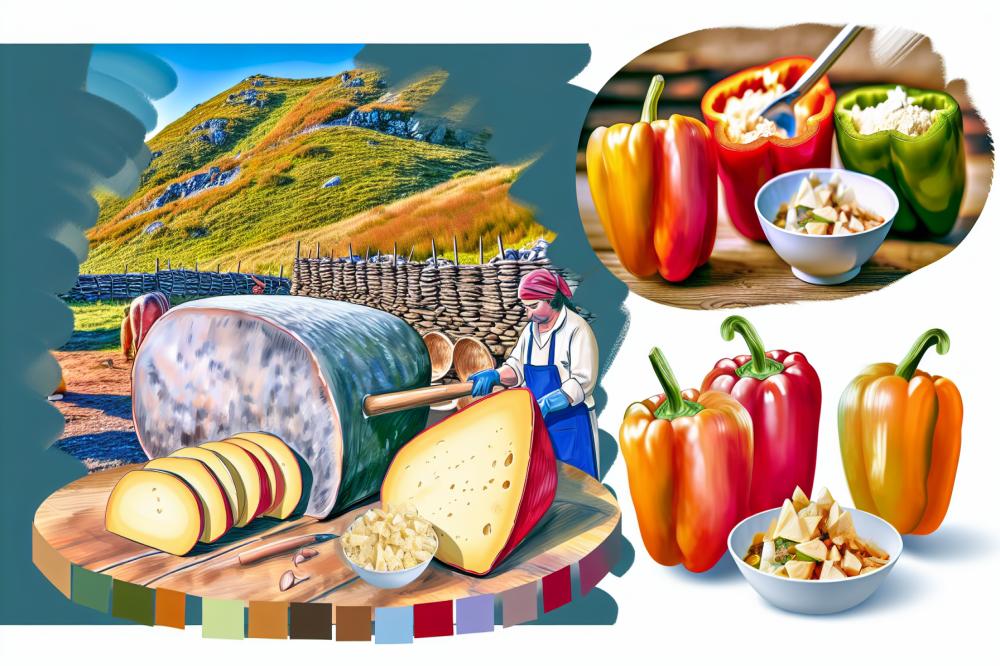
Portugal boasts a rich cheese heritage that stretches back centuries. This legacy is not just about one specific cheese. Many traditional varieties are integral to local culture and gastronomy. Each region has its specialty, reflecting the landscape and history of the area. For instance, Azeitão cheese comes from the Setúbal Peninsula, while São Jorge originates from the Azores.
Artisanal cheese makers play a crucial role in this ongoing tradition. These skilled artisans use time-honored methods passed down through generations. Their dedication helps to keep traditional practices alive. Techniques often include hand-milking and using native breeds of sheep or goats, which contribute distinct flavors. This careful approach results in cheeses that carry the essence of their environment.
Every variety holds cultural significance. Cheeses often accompany festive occasions and are featured in local celebrations. They are more than just food; they represent community and identity. Sharing these cheeses creates bonds among people, enhancing social gatherings.
Preserving traditional cheese-making practices faces challenges. Modernization and mass production threaten local producers. While some consumers prefer convenience, others seek authenticity. Supporting local artisans through farmers’ markets or specialty shops nurtures this vital cultural heritage. Buyers are not just purchasing cheese; they are investing in a way of life.
Moreover, cheese festivals celebrate this rich diversity. Events often showcase both well-known varieties and lesser-seen ones. Participants have the opportunity to sample different flavors and learn about their origins. Such gatherings help raise awareness about the importance of artisanal production methods. They foster appreciation for the hard work behind each wedge of cheese.
In summary, the cheese heritage of Portugal is rich and varied. It encompasses numerous traditional varieties, each with its story. The role of artisanal makers is vital to keeping these traditions alive. Supporting them helps to protect not just the cheese itself, but the culture that surrounds it.
Recipe: Queijo da Serra Stuffed Peppers
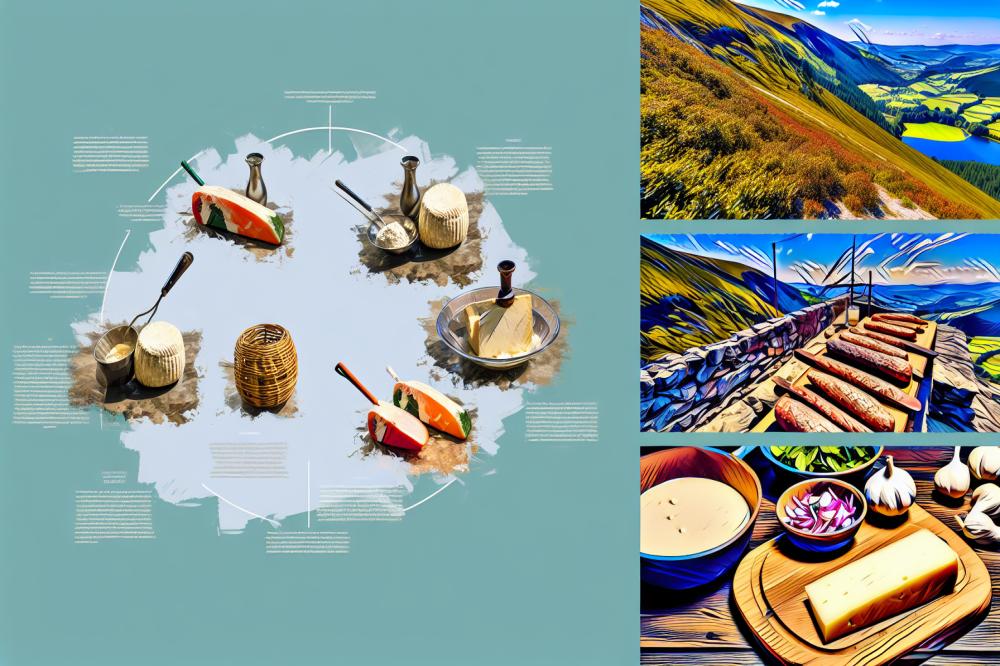
This dish is a delightful blend of flavors that brings Portuguese cuisine to your kitchen. Stuffed peppers can serve as a main course or a side dish, showcasing the rich taste of this celebrated cheese.
Ingredients
- 4 large bell peppers
- 200g Queijo da Serra, crumbled
- 100g cooked rice
- 50g breadcrumbs
- 1 small onion, finely chopped
- 2 cloves garlic, minced
- 2 tablespoons olive oil
- Salt and pepper to taste
- Fresh parsley for garnish
Instructions
- Begin by preheating the oven to 180°C (350°F).
- Cut the tops off the bell peppers, carefully removing the seeds.
- Add olive oil to a pan and sauté the onion and garlic until tender.
- In a bowl, combine crumbled cheese, cooked rice, sautéed onion, garlic, breadcrumbs, salt, and pepper.
- Gently stuff this mixture into the hollowed bell peppers.
- Place the stuffed peppers in a baking dish and cover them with aluminum foil.
- Bake for 30-35 minutes, or until the peppers become tender.
- Garnish with parsley, adding a fresh touch just before serving.
Nutritional Information
Each stuffed pepper contains about 250 calories. They offer a good balance of protein and healthy fats thanks to the cheese.
Health Benefits
Eating this cheese provides numerous benefits. It is rich in calcium which is vital for strong bones. The probiotics present in it may help in maintaining gut health. By including such ingredients in your meals, you gain essential nutrients that support overall well-being.
Embracing the Heritage of Queijo da Serra
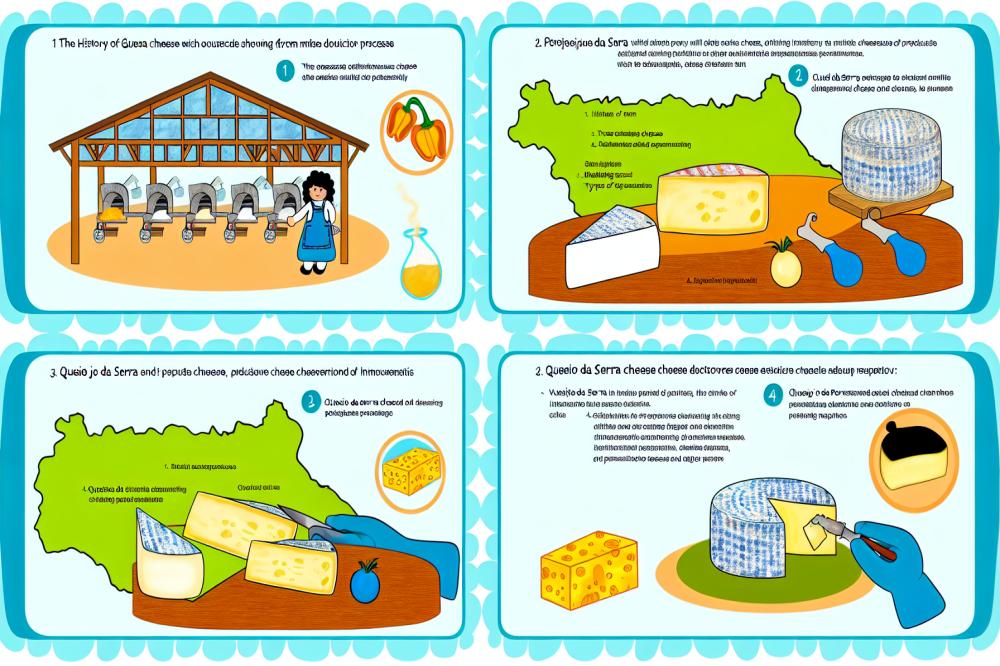
Queijo da Serra holds a special place in Portuguese cuisine and culture. This beloved cheese reflects the traditions and the way of life of the communities that produce it. Its rich flavors and creamy texture make it a cherished delicacy. Visitors to Portugal often find themselves captivated by this exceptional cheese, enjoying it as part of a meal or on its own.
Exploring the wonders of Portuguese cheese broadens culinary experiences. Each type carries a story, rooted in local customs and geographic diversity. The Serra da Estrela region, known for its stunning landscapes, also offers a glimpse into the methods of traditional cheese-making. Throughout the years, artisans have refined their craft, creating cheeses that resonate with the land and its people.
Trying out recipes featuring this iconic cheese can be a delightful experience. Think about preparing a simple cheese platter accompanied by fresh bread and olives. Pairing it with a glass of Portugal’s fine wine can elevate the experience even further.
Encouragement to explore beyond Queijo da Serra is essential. Portugal boasts a variety of cheeses, each with a rich heritage waiting to be discovered. From artisanal varieties to time-honored classics, the journey through Portuguese artisanal cheeses is rewarding and flavorful.
In summary, savoring Queijo da Serra allows for a deeper appreciation of Portugal’s culinary landscape. It invites everyone to not only enjoy a delicious treat but also connect with the cultural heritage behind it. So, venture forth, and indulge in the tastes and stories that Portuguese cheeses have to offer.

